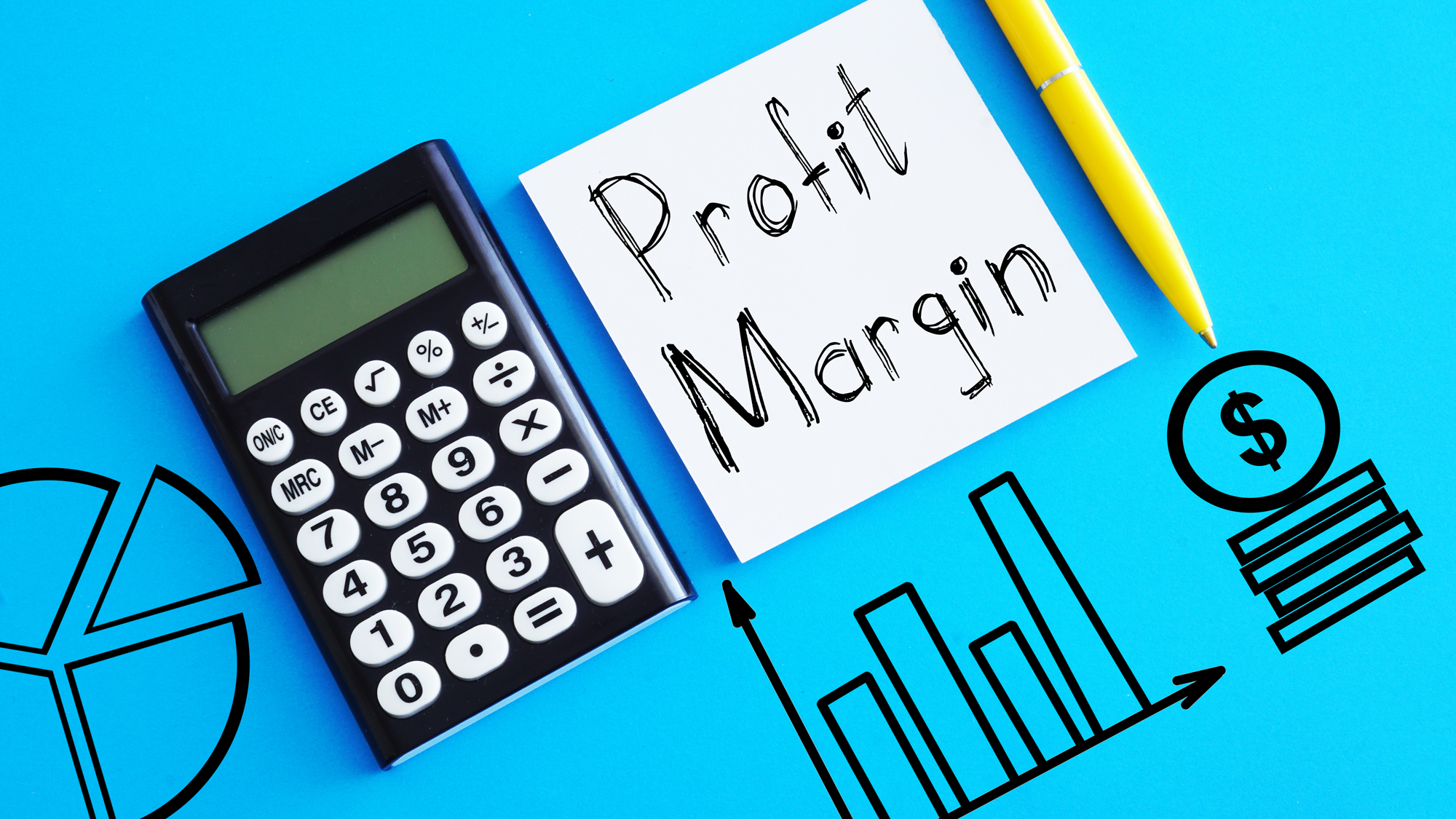Business Cash Flow and Profitability | 5 ways to improve cash flow that every business owner should know
While you may see a consistent amount of revenue coming into your business bank account, this doesn’t necessarily mean your business is turning a profit. Yes, cash coming into the business is great, but it’s not the only thing you should be thinking about.
Understanding what makes a business profitable is pretty straightforward in terms of the formulas used. But when we are in the thick of the day to day running of our business, it can be something we lose sight of at times.
It’s a fact that as a business grows, the effort, paperwork and number crunching it takes to make the determination around profitability becomes more complex. At the end of the day, a nice, steady cash flow is the beating heart of any profitable business.
And what this means is your Year 9 Economics teacher was correct. Setting up and maintaining an up-to-date cash flow statement is at the core of determining if your business is profitable.
We want to spend some time getting back to basics. Determining if your business is profitable, especially after a challenging 2020, is a good place to start.
Defining business profitability
The Cambridge dictionary defines profit as:
‘money that is earned in trade or business after paying the costs of producing and selling goods and services’
And business profitability means different things to different people.
Some people are happy being a sole trader, making enough to keep themselves and their family in reasonable comfort. Others want a large business, lots of employees, heaps of excitement and oodles of cash.
But nearly everyone wants their business to make a profit. That is, to have money left after paying all your expenses.
And the key to all this is a good cash flow system.
Cash flow vs profit
A business cannot make a profit without cash flow.
Cash flow is the money moving in and out of your business at any moment in time. While profit is nice, you need a regular, ongoing cash flow to ensure your business survives long enough to make an actual profit.
You may be surprised to learn you can turn a profit while being ‘cash flow’ negative. And the opposite is also true. You can have a steady cash flow and no profit.
How is that possible? We first take a look at how cash flow works, and then look into some different formulas you can use to calculate profit.
Understanding cash flow management
As mentioned above, cash flow is the amount of money moving in and out of your business at any given moment. It’s a snapshot of how your business is performing at any given time.
It’s important to understand that cash flow is more accurate when it’s calculated at regular intervals. This is why most businesses choose to track their cash flow monthly.
Cash flow positive – this is when you’ve got more money coming into the business than going out
Cash flow negative – you guessed it. That’s when there’s more money moving out than coming in.
How to determine your business’ cash flow?
A great place to start is our article 7 Tips for Building a Great Cashflow Forecast.
It’s a great read and will help you understand your cash flow. The piece details building a tool, in seven easy steps, to track all the money flowing in and out of your business.
Cash flow is a snapshot in time
Cash flow is all about revenue coming in, not purchases or invoices. Many small businesses choose to track their cash flow on a cash basis as opposed to an accrual method. This is because it can be easier this way to see the inflows and outflows of your business income and expenses in real time.
For example, if you issued an invoice back in October, but it wasn’t paid until December, it’s likely considered incoming cash in December. That is, the month it actually goes into your bank account.
The opposite is also true. You purchased an item in October but didn’t pay the invoice until December, it’s outgoing cash in December.
It’s easy to become confused and a good reason why you should have a robust cash flow system monitoring your business monthly.
Once you’ve crunched all the numbers, if the closing balance is higher than the opening balance, your business is cash flow positive. If it’s the opposite, your business is cash flow negative.
Calculating profits in your business
There are different types of business profits and a common way to work out business profitability is to start with some simple equations to work out gross, operating and net profits.
Gross profit – is calculated by taking net sales and deducting costs directly associated with carrying out your business.
Gross profit = net sales - costs of goods sold
Operating profit – provides a better idea of your business as you’re subtracting more of the costs associated with running your business.
Operating profit = Gross profit - operating costs
Net profit – offers a much clearer picture of your business as you’re subtracting all costs associated with your business. This includes day to day expenses as well as regular payments such as loans.
Net profit = (Operating profit + other income) - (Additional expenses) - (Taxes)
While these formulas are a good starting point to see your profit from a dollar perspective, taking this further and looking at these figures as profit margin ratios allows you to more accurately analyse your company’s profitability. This is because they measure efficiency in your business much better than the dollar amounts can show.
Working out the profit margins in your business
Margin ratios are a good way to predict the long term growth of your business. The common ratios used in accounting are as follows:
Gross Profit Margin Ratio = (Gross Profit ÷ Sales) × 100
When your gross profit margin is high, this means your business keeps a lot of profit relative to the cost of your product. Keeping this ratio fairly steady without large fluctuations is ideal.
Operating Profit Margin Ratio = (Operating Income ÷ Sales) × 100
This ratio allows you to get a good idea about your current earning power. An increase in your operating profit margin would show signs of a healthy company as it helps to show how efficient you are. Keeping an eye on this ratio is important as you’ll be able to start to see when your operating expenses start creeping up.
Net Profit Margin Ratio = (Net Income ÷ Sales) × 100
This is your big-picture view of your profitability. You want to use industry standards as a benchmark here as profit margins vary widely from one industry to another. Performing a year-on-year comparison to assess your performance is ideal to determine how much profit your business can extract from your total sales or revenue.
Get your profitability on track
As you can see, a business can have a positive cash flow and no profit if cash is coming from sources other than income. Such as, the business takes out a loan or the owner injects funds into the business. They’re not deemed income so don’t appear on the cash flow statement.
Again, the opposite is true if the owner takes out profits to repay loans or pay personal expenses.
If you discover that your business profitability is not where you want it to be, don’t be discouraged. Becoming aware of the issue is the first step to make the required changes in your business.
Are there areas where you can streamline your processes and reduce your operating expenses? Have you reviewed your product or services pricing lately to ensure it’s where it needs to be? Are you getting the best deals from your vendors?
These are all good places to start in improving your profitability. Additionally, chatting with an experienced business accountant can help you to identify opportunities that you might have missed.
If you’d like to start 2021 in the best way possible and have a clear and concise understanding of your businesses cash flow and profitability, we’d love to chat with you. Contact us to book a discovery session today.
Share this
You May Also Like
These Related Stories

Mastering Margins: Gross, Net, and Operating Profits

Check your small business financial health

/Brand/Logos/Kelly%20Partners%20Accountants%20Logo/Kelly-Partners-Accountants-Horizontal-Logo.webp?width=1500&height=212&name=Kelly-Partners-Accountants-Horizontal-Logo.webp)